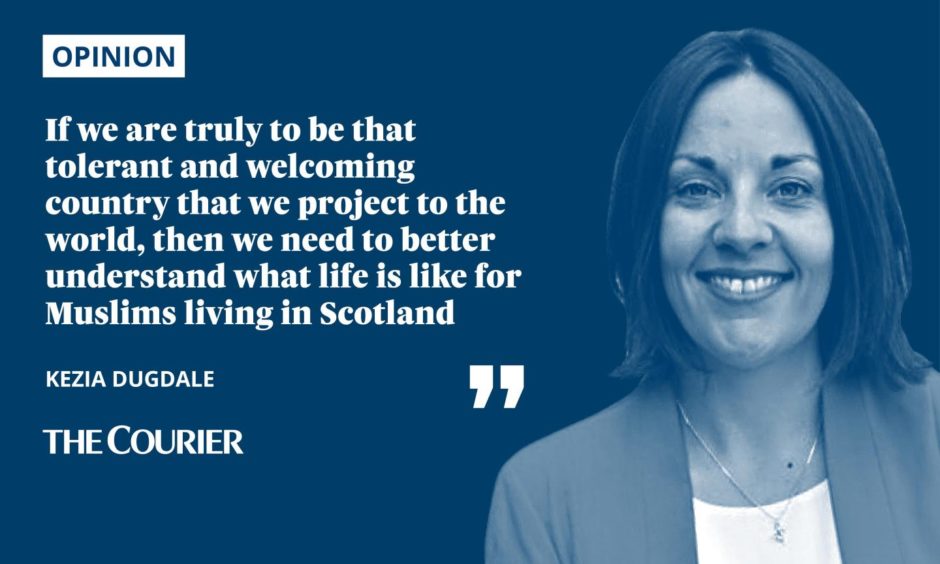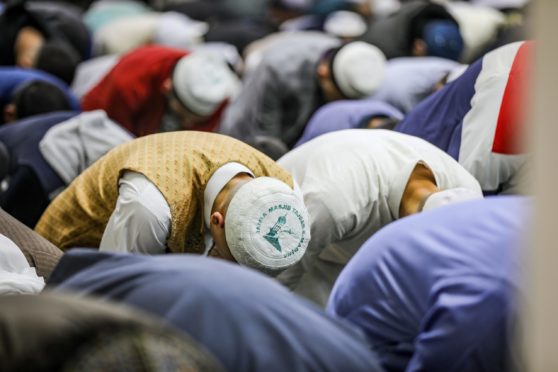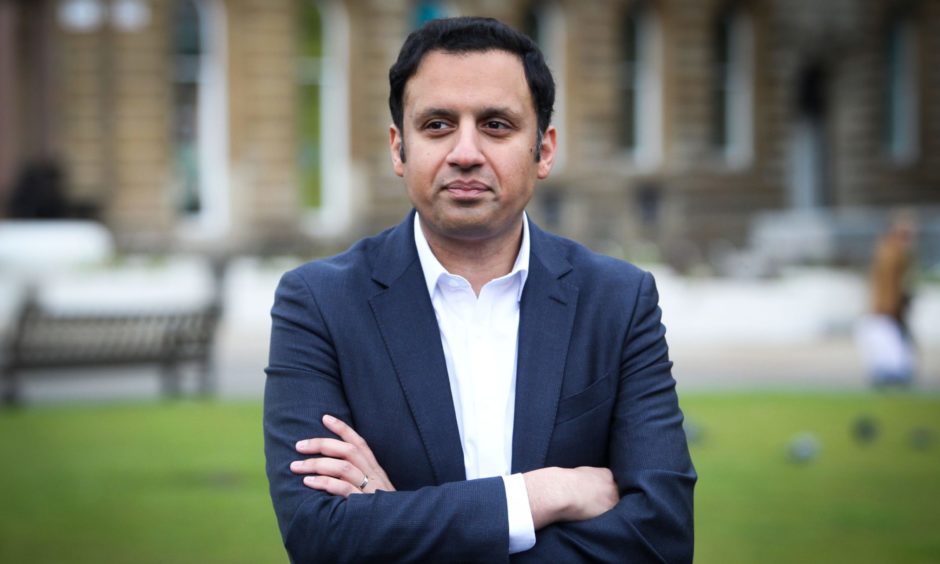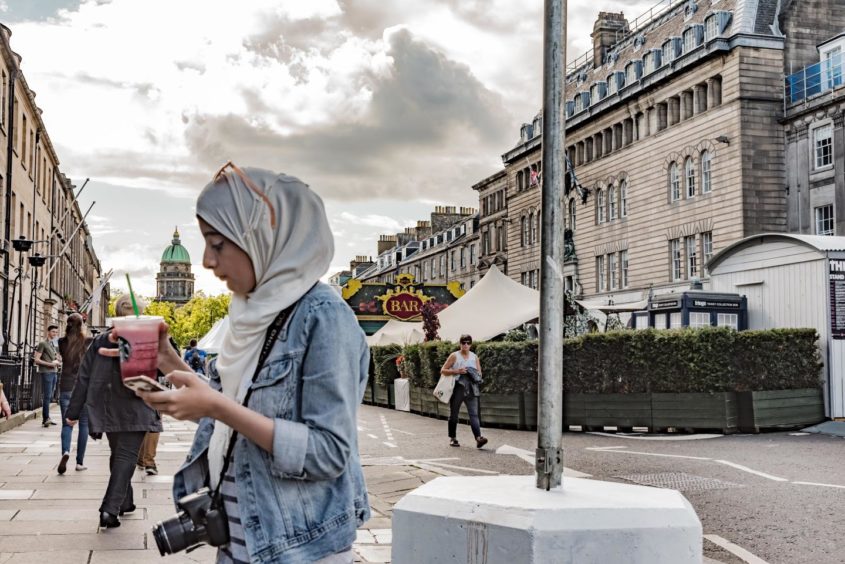There’s something about international sporting events that causes us to pause and see ourselves for a moment as others see us.
It’s a combination of the visual images and how we carry ourselves.
Watching Scotland play in the Euros was a real moment of national pride.
Valiant as ever in defeat, we can be proud of how we played, not least because of how well our opponents did in their later matches.
We pride ourselves on being a welcome and tolerant country, but a cross party report published this week demonstrates beyond all doubt that the reality is very different for Muslim Scots.

Islamophobia is of course a form of racism which specifically targets Muslims, or people perceived to be Muslim and it’s on the rise, here in Scotland and across the UK.
If we are truly to be that tolerant and welcoming country that we project to the world, then we need to better understand what life is like for Muslims living in Scotland today and take some serious action to make it better.
Anas Sarwar deserves great credit for instigating this work which stems from the cross party group on Tackling Islamophobia that he set up in the Scottish Parliament.
Together with the SNP’s Humza Yousaf, the two men have united across the political divide to stand together and speak to truth to power, often within their own political parties.
Labour, Glaswegian, father – and Muslim
I’ve known Anas for many years and I’ve watched him evolve as a politician at close quarters.
For many of those years he didn’t want to be labelled as the Muslim politician. While he never shied away from his faith or identity, he was Labour and Glaswegian first and foremost and just wanted to be accepted as that.
Then he had his family and when his kids started to not only speak, but question the unfairness their innocent eyes could see in the world, he was compelled to act.
He no longer cared how he’d be perceived and just wanted to use the power and agency he had for good. This report is one of a number of actions he’s taken to tackle Islamophobia and if its to make a difference we should all sit up and listen.
It demonstrates that 75% of Muslim Scots consider Islamophobia to be a regular or everyday issue, with 78% feeling like it’s getting worse.
Not just now and then, but every single day.
One of the reasons they point to behind it is Brexit. Not because one race or another has particularly strong view on the EU, but that the nature of the political debate gave a bigger voice to those who hate and an excuse to vent it.
Another is how the media report terrorist attacks, with those committed by people of colour instantly linked to Islam whilst those committed by white people linked to poor mental health rather than extremism.
People behind the figures
As well as being rammed with statistics, the report is full of first person testimony.
In one, a mum reports that her daughter would love to wear a headscarf to school but she’s told not to because of the attention it will draw.
So here’s a young woman unable to wear what she wants through fear. Yet society has the cheek to tell her she’s the one who is oppressed by the headscarf.
The most common place to be on the end of Islamophobia is in the street, quickly followed by public spaces like shops and restaurants.
I know what feeling unsafe feels like when you’re alone in a city centre at night – every woman does – but to feel like that in broad daylight in populated places, all the time is unfathomable.
All this is just a snapshot of what the report covers. The sum total leads to many Muslim Scots feeling like an outsider in their own country.
A country which was their parents home and their parents home before that. And a far cry from the welcoming and tolerant country we tell ourselves we are.
So what can be done?
Well the report is full of detailed recommendations of actions that people with power can take, but it also points to the fact that much of that base of power is populated by white people of largely Christian origin.
That’s why there’s so little evidence base for the extent of the problem, because no one has thought to commission it.
Today's report on Islamophobia should act as a call to action.
Going forward, we must redouble our efforts to challenge and overcome hatred and prejudice.
This is a fight for all of us. pic.twitter.com/i5I8BuTxlZ
— Anas Sarwar (@AnasSarwar) June 29, 2021
That’s why much of the work we do as a country to tackle poverty and inequality fails to take in to consideration race as factor, despite black and Asian Scots being twice as likely to experience it.
When we conduct an inquiry into Covid-19 and all that went wrong, how much focus there will be on minority ethnic communities experience of it will be a real test of how much we’ve learnt and are willing to learn.
We need more senior Muslim police officers and local authority leaders, senior government officials and politicians and we need to do so much more to support the career pipeline that takes them to the top.
Above all else we need to ditch the exceptionalism and the “whataboutery.” We have a problem with Islamophobia and our pride must not get in the way of fixing it.


